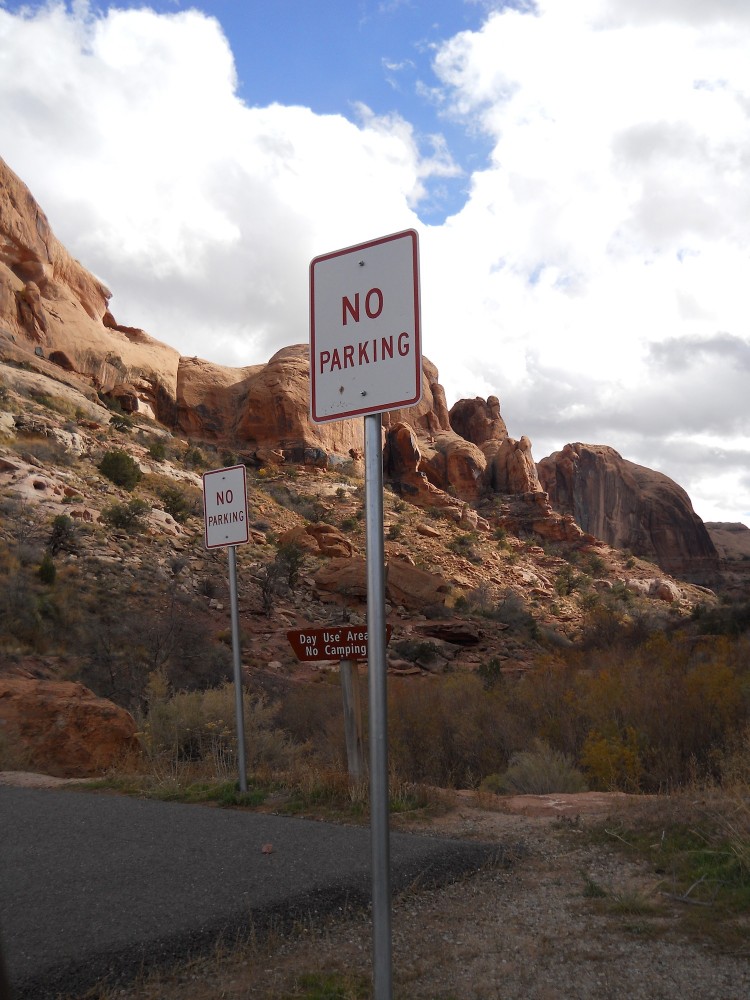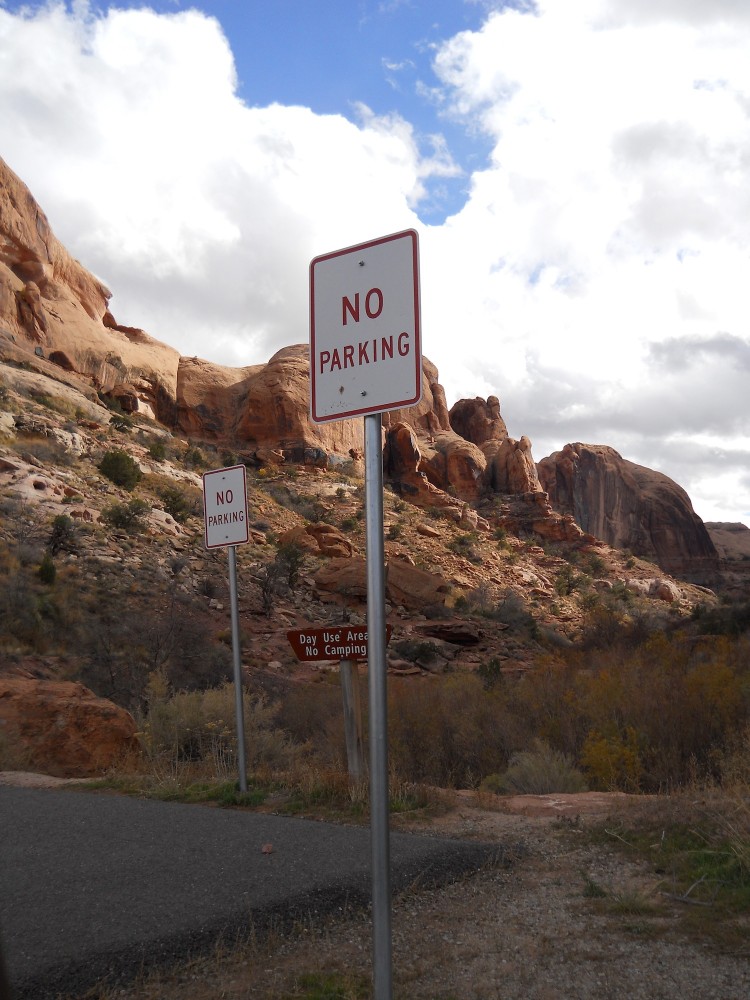
Beginnings
For years I noticed that my body reacted to certain foods. It just made sense to eliminate them from my diet. Who wants to feel bad after eating? Now that I’m learning about autoimmunity, I’m learning some interesting facts that bring light to the big picture.
How did it all start for me? In the eighties I heard about wheat allergies. I cut wheat out from time to time and felt better. But pasta… I love me some pasta! So I’d eat it anyhow. I always felt like going to sleep afterward. We liked to call it food coma. Now I know food coma is actually reactive hypoglycemia. I was really moody in those days.
About ten years later, I decided to cut out all gluten. I reacted to gluten with bloating and brain freeze. “Gluten Free” was becoming a bit of a catch phrase in the health food world, so I mostly eliminated it to see how I’d feel. I felt better. Mostly. On occasion I’d indulge in some chocolate cake or a cookie, and it was great, until my body reacted with brain fog and slowed physical movements. I became a connoisseur of excellent gluten substitutes made from rice and other grains. I love my pasta, and I could eat rice based noodles! I was still really moody. Depression was setting in, but I didn’t see it; it can have a sneaky slow onset for some people.
Next, I began noticing how I’d get bloated when I ate soy products. Instant, huge abdominal bloating. I looked like I’d eaten a whole baby watermelon! But I do love a good Thai coconut curry, so I’d have it anyhow in the sauce. I always knew I’d pay in two ways; immediate bloating, and an angry gut the next morning in the bathroom. I cut soy out about six months ago, and the bloating didn’t happen any more.
I love the salty crunch of corn chips. But I noticed digestive reactions to corn sometimes, too. Groggy mind, and my body felt slow. I cut down on my corn chip binges, but didn’t stop. I was still moody. In fact, it was starting to be disruptive in my work and relationships.
 The big one, the one I’ve known about for longer than any, is sugar. Sweet, lovely sugar. White Death. I remember back in the 80’s seeing it described as “White Death” in an article. I thought, “That seems a bit dramatic!” How wrong I was.
The big one, the one I’ve known about for longer than any, is sugar. Sweet, lovely sugar. White Death. I remember back in the 80’s seeing it described as “White Death” in an article. I thought, “That seems a bit dramatic!” How wrong I was.
Sugar was a big culprit in my years of feeling crappy. I knew it the whole time, but I kept that locked in the back of my mind. My big AHA! moment came in about 1990, when I worked at a bookstore that had a great cafe. Most mornings when I arrived at work, I’d have a fluffy, sweet pastry. Like clockwork, in the afternoon at about 2, I’d be in tears. For no reason other than… the sky was falling and the whole world was against me? Next day, same thing; rinse, repeat. It was at that job that it dawned on me; at two o’clock every day that I’d had sugar in the a.m., I’d cry, and on days I didn’t eat sugar that morning, I wouldn’t cry. It never happened on non work days – I didn’t have sweets at home. Sometimes the obvious camps out on the tip of our nose before it bites us there. I made the connection between sugar and my mood, and my world opened up a bit.
So I found books about depression, made the biochemical connection between sugar and my brain, and determined to try and cut it out. I cut out added sugars cold turkey for six months. I didn’t even eat much fruit. I read all labels, and became surprised at how many foods contained sugar. I felt pretty great. After six months I figured I was strong enough and had enough self control to return to eating it in moderation, but over time I became lax in my discipline and the addiction returned. Off I went into depression again, as well.
Twenty-two depression-wrought, rollercoaster-ride years later, what I know about sugar and reactions to other foods is astronomical compared to what I knew then. My life would have been very different if I’d had access then to the information I have now. When I started learning about Hashimoto’s, the puzzle pieces just started dropping into place. But I’ll get into the details of that in a later post. For now, forward to the present.
I’ve also recently discovered the connection between nutrition and my own autoimmune issues. My previous diet didn’t contain a lot of sugar…but grains, oh the grains!!! That was my major problem and I am feeling so much better since eliminating them and making other key changes in my diet. I’m enjoying your blog so far…keep up the great work!
Thanks, Katy! I’m so fascinated by all of this. I went off grains a month ago, and immediately my brain fog went away. Are you a member on the Hashi’s 411 group on facebook? It’s a good group; lots of knowledgeable people. There’s a sister group for the dietary aspect, too.